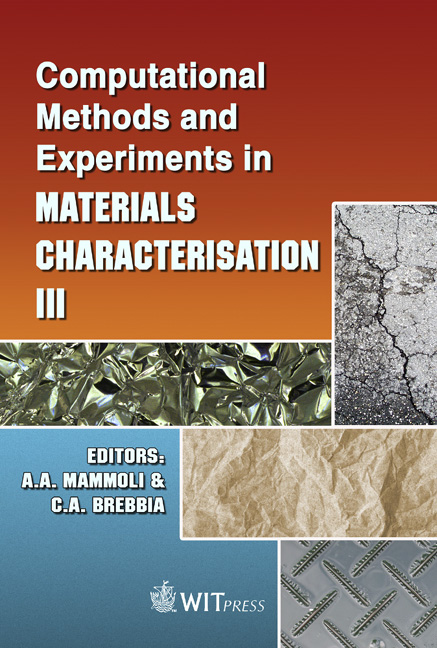Use Of Impedance Spectroscopy To Determine The Displacement Of Water In Cement Paste Under Small Loads
Price
Free (open access)
Transaction
Volume
57
Pages
11
Published
2007
Size
461 kb
Paper DOI
10.2495/MC070301
Copyright
WIT Press
Author(s)
I. Sánchez, G. Castro, M. A. Climent & X. R. Nóvoa
Abstract
The effect of mechanical loading in concrete structures may cause deformation by creeping. The physical origin of this phenomenon is not well known, but water seems to play an essential role in it. Impedance spectroscopy in the high frequency region can detect water movements towards empty pores, even when the applied load is small. In this paper a system for application of mechanical loading compatible with simultaneous impedance spectroscopy measurements is presented. The effect of several parameters (ageing, water to cement ratio, water content) on cement paste samples’ performance under mechanical loading is analysed through the corresponding impedance spectra. Keywords: impedance spectroscopy, cement paste, microstructure, dielectric properties, mechanical loading. 1 Introduction Real concrete structures are designed to be mechanically loaded. The effect of the deformation of a structure under a constant load is called creeping and is a classical phenomenon well described in the literature [1, 2]. This effect has a great dependency on some factors such as temperature and relative humidity [1, 3]. The microstructural mechanism that leads to the effect of creeping is still not well known, although water plays an essential role in almost every theory on
Keywords
impedance spectroscopy, cement paste, microstructure, dielectric properties, mechanical loading.





